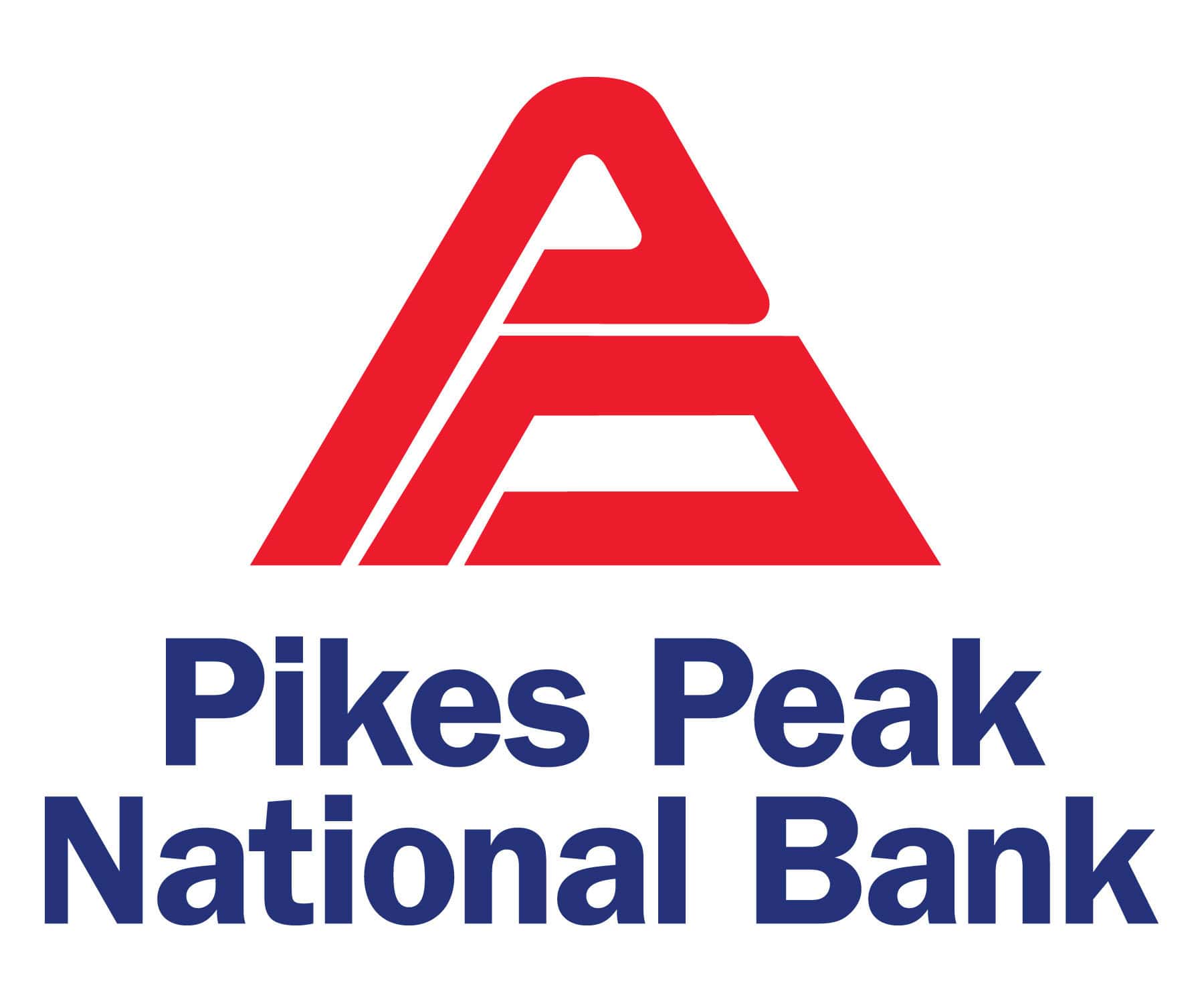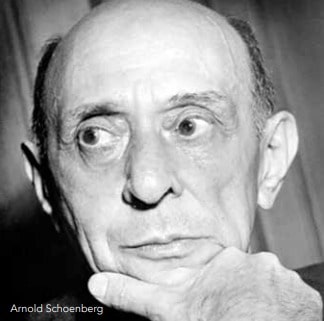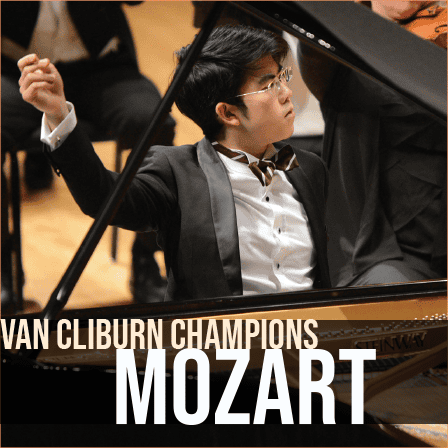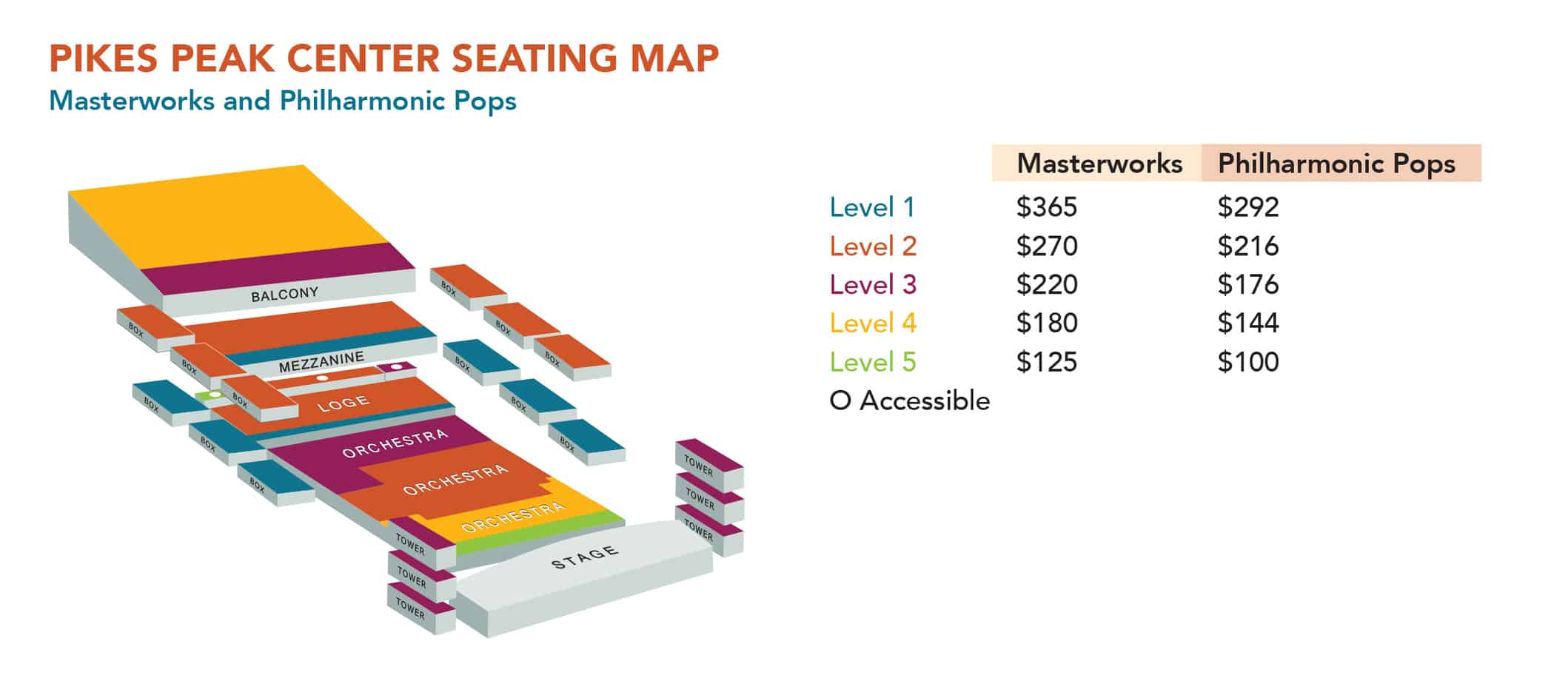

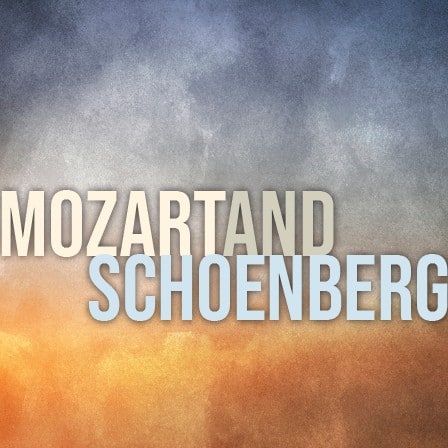
Mozart and Schoenberg
5225 N Nevada Ave
Colorado Springs,
CO
80918
United States
+ Google Map
Program
Schoenberg Chamber Symphony No. 1
Mozart Symphony No. 39
Artists
Thomas Wilson Conductor
About The Performance
Mozart’s brightly lit Symphony 39 was the first of his final symphonies near the end of his young life. An astonishing work, it shows Amadeus ahead of his time with a feeling of perpetual motion and melody. Arnold Schoenberg’s brilliant score for his Chamber Symphony achieves something remarkable: a hugely expressive experience using a small body of musicians and in a single movement! Two composers – Mozart and Schoenberg – each ahead of their time.
Join us for pre-Concert talks, beginning one hour before performance time.
Read More
Chamber Symphony (Kammersymphonie) No. 1, Op. 9
ARNOLD SCHOENBERG (1874 – 1951)
Composer: born September 13, 1874, Vienna; died July 13, 1953, Los Angeles, CA
Work composed: 1906 for 15 instruments; rev. April 1935 for large orchestra
World premiere: Schoenberg led the premiere of the original version on February 8, 1907, in Vienna. He also conducted the first performance of his revised version for large orchestra in Los Angeles in 1935.
Instrumentation: flute, oboe, English horn, 2 clarinets, bass clarinet, bassoon, contrabassoon, 2 horns, and strings
About The Piece
“Now I have established my style. Now I know how I have to compose,” declared Arnold Schoenberg in 1906, upon completing his Kammersymphonie No.1. Of course, with the benefit of more than a century’s worth of hindsight, we can look back at Schoenberg’s entire body of work and see that his music continued evolving long after 1906. Today, Schoenberg is best known for his invention of a non-tonal system of composition, known as 12-tone or serialist music. Op. 9 is a transitional piece, a fulcrum, between Schoenberg’s earlier music, which reflects post Romantic and early Expressionist Viennese/German trends of the early 20th century, and the distinctive originality of his later music.
Schoenberg was a musical autodidact; because he did not study music formally, he was not constrained by traditional rules of composition, the “dos and don’ts” learned in music school or private study with other composers. This left him free to innovate and explore, to come up with his own solutions to musical problems as he slowly established a musical style of his own. Op. 9 reflects one of Schoenberg’s earliest moves away from traditional tonality, which is based on the triad, a three-note chord made of two stacked thirds. Instead, Schoenberg bases Op. 9’s harmonies on the interval of a fourth (to get a sense of what this sounds like, hum the opening notes of the original “Star Trek” theme)
Just after Op. 9’s opening notes, a solo horn sounds a distinct “motto” of quickly rising fourths. This motto recurs throughout the music, batted around among the different instruments like a shuttlecock. Structurally, the Kammersymphonie is one movement with five distinct sections played without pause. In his score, Schoenberg labels these as Exposition, Scherzo, Development, Adagio, and Reprise. Some of these sections, like the Scherzo, are so fast and so short they fly by before we realize it. “As a clarinetist, I am struck by how extreme the emotions are in this piece,” observes Matthew Griffith. “At times my part requires incredibly quiet and delicate playing, while at other times I must be ‘shrill’ and almost jazzy. There are luscious, resonant melodies next to march-like drives forward. No time is wasted dwelling on any one idea because another is just around the corner.”
© Elizabeth Schwartz
Symphony No. 39 in E-flat Major, K.543
WOLFGANG AMADEUS MOZART (1756 – 1791)
Composer: born January 27, 1756, Salzburg, Austria;
died December 5, 1791, Vienna
Work composed: Summer 1788
World premiere: undocumented
Instrumentation: flute, 2 clarinets, 2 bassoons, 2 horns,
2 trumpets, timpani and strings.
About The Piece
When 25-year-old Wolfgang Amadeus Mozart arrived in Vienna in 1781, he astonished everyone with his dazzling skill as a pianist. He quickly became the most sought-after performer in town and people flocked to his concerts. By 1787, however, Mozart’s fortunes had shifted. His numerous attempts to secure a royal court appointment, which would have provided a steady living, had proved unsuccessful. Mozart also stopped writing and performing piano concertos for his subscription concerts in order to concentrate on the greater creative rewards of opera. Although Mozart’s operas met with some success both in Vienna and abroad, the income they generated did not offset the enormous costs of production. To make matters worse, Mozart was notoriously incapable of managing money.
In the beginning of the summer of 1788, Mozart found himself in dire financial circumstances. He wrote a series of anguished letters to friend and fellow Freemason Michael Puchberg, pleading for loans. Mozart also pawned several valuables, tried to get advances from his publisher, and attempted to sell his manuscripts; these humiliating efforts to raise funds yielded little. Mozart’s final three symphonies, Nos. 39, 40 and 41, were composed in nine weeks during the summer of 1788. Even for Mozart this rate of output is remarkable, especially given the high quality of all three works.
The elegant lightheartedness of the Symphony No. 39 contrasts starkly with Mozart’s worrisome financial situation. A contemporary critic labeled this joyful work “Mozart’s splendid symphony.” Nothing is definitively known about the circumstances surrounding the composition of these three symphonies, but it is likely Mozart wrote them for a series of concerts he had planned to present in Vienna in the summer of 1788, or for a trip to London (which he never made), or perhaps both. There are no surviving records to prove the Vienna concerts in fact took place, but the amazing speed with which Mozart composed these symphonies suggests an urgent need for new music that would entice audiences back to the concert hall.
The Adagio-Allegro’s stately introduction hints at grandeur and opulence. The main movement begins with a gentle, questioning theme in the strings, answered by a vigorous rhythmic counter-melody for trumpets and timpani. Mozart uses the primary melody of the Andante con moto to transport the listener into a realm of quiet agitation, exploring dark minor keys that hint at his own inner turmoil. By contrast, the lilting charm of the Menuetto: Allegretto celebrates the simple joys of a minuet with a bouncy rhythm. In the trio, a solo clarinet sings the graceful melody of an Austrian country ländler. For the spirited Finale: Allegro, Mozart unleashes his imagination and impish sense of
humor, with off-beat syncopations, unexpected silences, breakneck speed, and sudden juxtapositions of soft and loud dynamics.
© Elizabeth Schwartz
Read LessConcert Co-Sponsor
Ken Montera and Theresa Stahura
Guest Artist Sponsors
